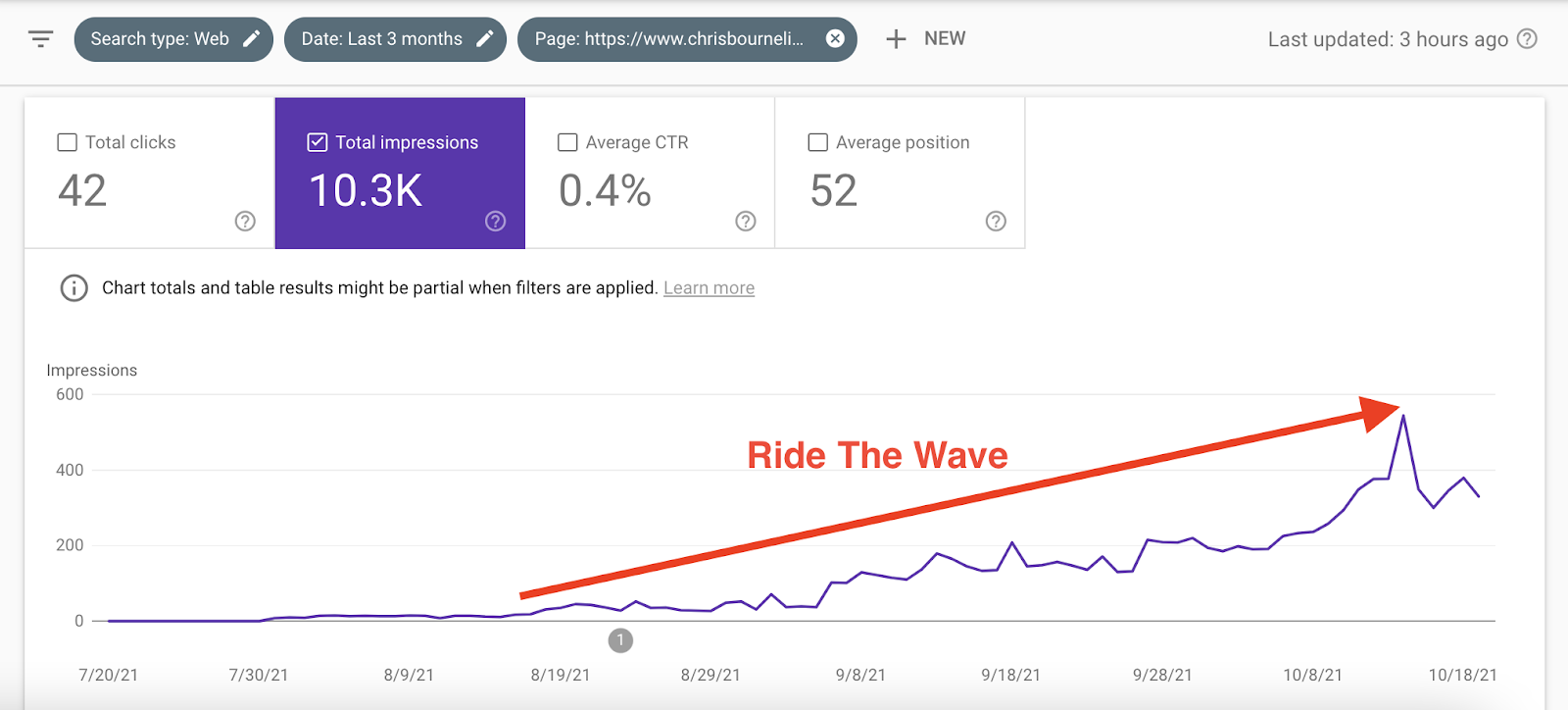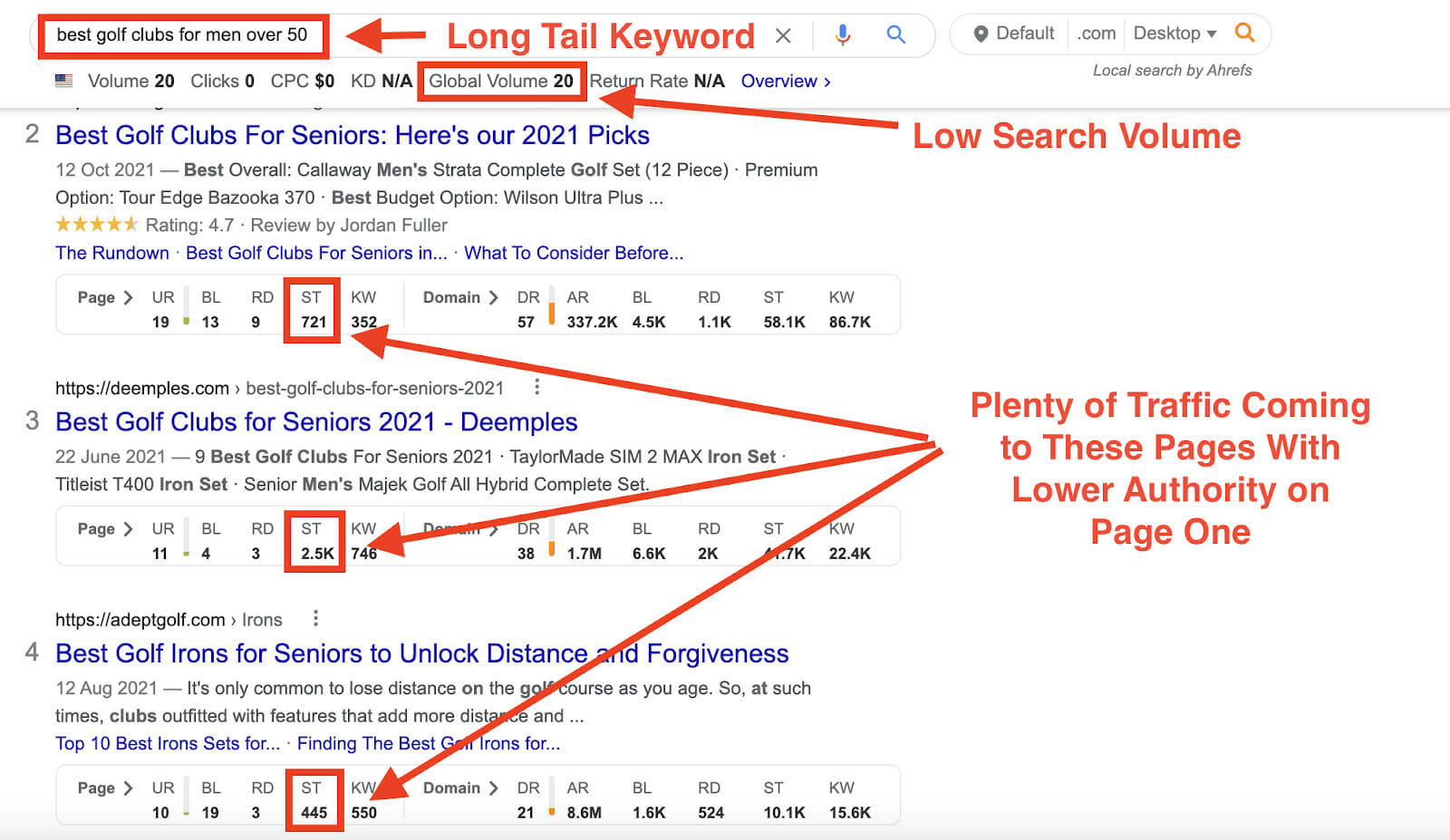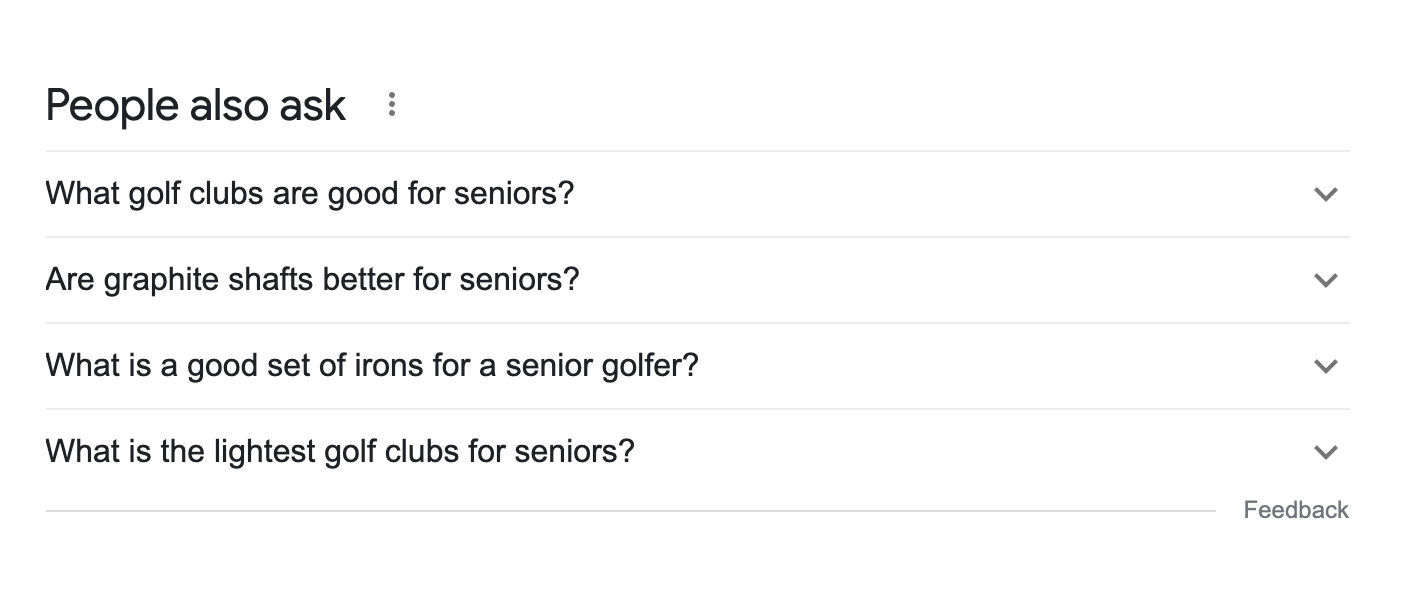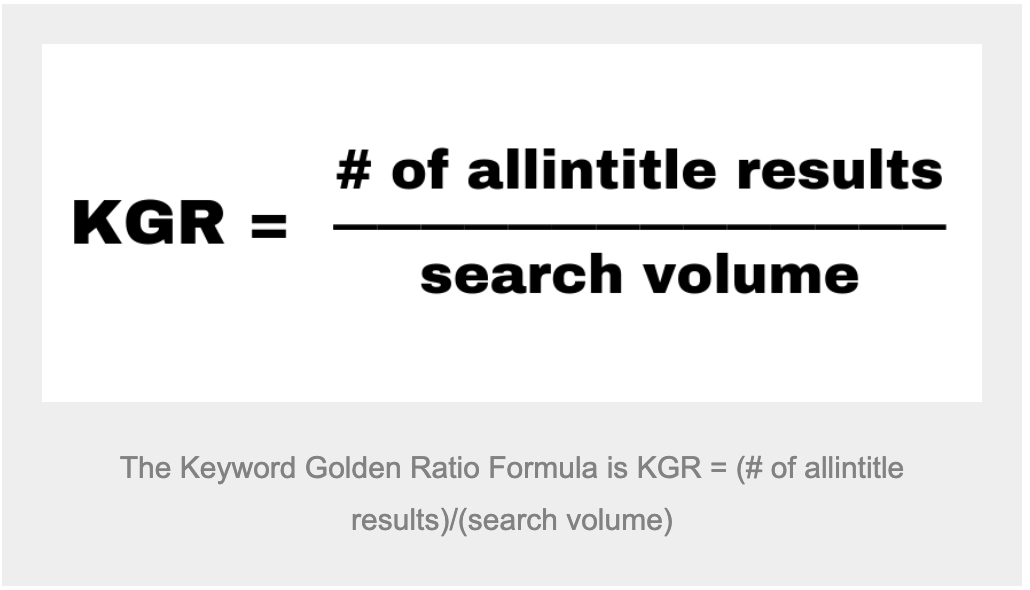When you start a business, one of the first things that you normally get stuck into is a ton of keyword research. It doesn’t take long before you realize just how many tools there are to help you find the best search volume keywords for your niche.
The problem is, not all keyword tools can be trusted and they don’t always give you accurate information when it comes to finding low-competition, high-traffic keywords (which is the ultimate goal).
Many people think that you need to go after the keywords with the most traffic, but this isn’t always true.
In this guide, I’ll explain why plus give you seven benefits of targeting low search volume keywords.
Zero Search Volume Keywords
Zero search volume keywords are just queries that don’t have any search volume – i.e. there is no competition for these keywords.
Here’s why you don’t necessarily need to go after the keywords with the most traffic.
Let’s say that you’re in the health and fitness niche and one of the high-competition keyword phrases is “best supplements for weight loss”. Not only are there millions of results on Google with this phrase, but it also has a huge amount of competition. It would take forever to get this keyword phrase anywhere near the top if I’m competing with all the big names in health for it, not to mention how expensive it is going to be if I use advertising.
This is why using zero search volume keywords can be much more effective when you are first starting out. It’s natural to want every post on your website to get thousands of searches per month with little to no competition but, unfortunately, that’s very hard to come by.
Eventually, you can work your way up to those big brand name keyword once you have a decent-sized audience and domain authority, but the trick here is to make sure you’re riding the trends before they go viral and still make sure your content is fully optimized.
So let’s take a look at how to find zero search volume keywords and what you need to know about them.
New to domain authority? Check out:
Domain Authority: How to Increase Your Ranking Score from Scratch
Why It’s Not a Good Idea to Blindly Follow Keyword Tools
We all know the usual keyword research tools out there that are supposed to be making our lives easier. And you’re probably also following the advice of SEO gurus who for years have said the best way to gain traffic is to go for high-volume, low-competition keywords.
I get it. It’s natural to think that those posts that rank for search terms with a particularly high volume must be getting all the traffic, and that if you’re ranking position one on Google for a term that’s nowhere near as popular then you mustn’t be getting any traffic at all, right?
Well…that’s not entirely accurate and here’s why.
How Keyword Tools Get Their Data
If you’re new to online business, then you probably want to keep the cost down. A good way to conduct keyword research is by using Google’s Keyword Planner.
However, a study by Moz revealed that when they took a sample of keywords with around 200,000 monthly searches, they found, in some instances, that the average was off by around 40,000 searches per month.
Not to mention that the Google Keyword Tool is really only for commercial intent searches. It doesn’t give back exact match or informational type search queries. And because tools like Ahrefs get their traffic from the Google Keyword Planner tool, this is why you may find certain informational type searches get zero traffic search volume.
To drive the point even further, Google gets around 5.6 billion searches per day! This is way more than any SEO company can really handle, let alone keep up with the increasing demand for an online search.
This is why when you put your website data into these tools, you’ll find that your traffic data is severely under what your analytics from Google itself might say.
7 Benefits from Targeting Low Search Volume Keywords
So far we’ve seen that just because a search term comes back with a low or zero search volume doesn’t mean it gets low or zero searches in reality. Of course, like many things in life, keywords are also not created equally.
There are some low-volume keywords that may actually give you zero traffic to your website each month. Unfortunately not every keyword you go after can be a home run.
As business owners, we need to be smart about which keywords (and therefore posts) are worth our time and money to pursue. So here are seven benefits from targeting zero search volume keywords that you can use as tips to implement as part of your SEO and content strategy.
1) Jump on Trends Early
If you know your niche well enough you will be able to spot the trends early and “ride the wave”:

Often, the big “money maker” articles have been around for so long that competition is very strong, particularly for newer sites, and it becomes increasingly hard to rank.
This is why I mention to my clients who are looking to build an affiliate site that they choose a niche in which they’re experts or have significant knowledge. It makes it easy to keep up to date with something that you’re interested in and passionate about.
The post from the screenshot above is only a couple months old and already you can see the total number of impressions increasing over time. When I first started searching for keywords to target this particular post, the global search volume was showing me nothing.
Even now the exact match keyword is only showing about 20 searches per month (on Ahrefs), but as you can see from the impressions (above), it is being shown around 350 times per day for a number of related keywords.
Having a post already uploaded to the Internet will have the added benefit of time to allow the web crawlers to find your post first. A simple good-enough-let’s-move-on strategy works well here. This means you can rank well early on and then stay there through fully optimized titles and descriptions and proper link-building strategies.
Need a refresher on optimized titles? Check out:
How to Write a Strong SEO Title Tag (with Formulas & Templates!)
2) Relevancy Is Key
One of the reasons that some keywords may not have much search volume is because they haven’t been thought about by many people yet.
This typically happens when you are in a small niche or a new brand with no history, so there isn’t any information on which to base an estimate for its popularity even if it has qualities that would seem attractive (like solving a problem).
The solution?
Try targeting different phrases related specifically to problems solved through your product or service.
By creating content that is highly relevant to your audience, you become somewhat of an authority in your niche (but it still needs to provide plenty of value, of course).
When you target ultra long-tail keywords, not only is it super easy to rank at number one, but it’s also great at keeping your potential clients moving through the sales funnel where they end up converting at higher rates.
Pro Tip: Keep the titles of your articles longer and the URL slug shorter. This way you have maximum flexibility and can change the title as much as you like without affecting any backlinks you have gained in the meantime.
Dive Deeper: What’s the Right Content for Each Stage of the Marketing Funnel?
3) Use Commercially Intended Keywords
What’s better than answering someone’s question through an article? Answering someone’s question when they have their wallet in their hand.
Commercially intended keywords are keywords that have the terms “best,” “top” and “vs.” in them.
They are highly transactional and it means that the searcher’s intent is to buy a product or service either now or very soon. It all comes down to why they are searching for that term in the first place.
Usually, they’re looking for information or a persuasion one way or the other, and it’s a simple formula. The higher you’re ranked = the more traffic you’ll be able to capture = the increase in conversions.
Plus, if there are advertisements at the top of the range then you know that the keyword is highly transactional.
Companies know that people are searching for them and are willing to pay to put their content at the top. This is a good sign to go for that particular keyword:

4) Add LSI Keywords
Latent Semantic Indexing (LSI) keywords are supporting keywords that are related to the main keyword you’re targeting. You can add related LSI keywords to your article to grab any extra “low-hanging fruit” keywords that you could also potentially rank for.
This is an easy way to build on the amount of traffic you receive per month.
By adding the different variations of the parent “seed” keyword, it’s possible you could 10X your traffic.
Pro Tip: This is not keyword stuffing. It is never advised to add as many keywords as you can just to try and gain search traffic. It needs to be as natural as possible.

By answering those exact questions in your article, you can be featured in that extra bit of Google real estate for even more exposure to traffic. Keep in mind, though, that the further down the section you go, the less relevant the questions get, and you end up going down the Google rabbit hole.
So long as you stay as relevant as possible, you don’t need to answer every single question.
5) Speed Up Your Post Schedule
The quicker you can get high-quality posts out there on the Internet and indexed by Google, the better your chances of gaining traffic. To do this, just request that Google index your new page within your Google Search Console.
As I mentioned earlier, the goal is not to try and hit a home run. The goal is to get plenty of singles out there so you have a greater chance of ranking, and the byproduct of that is more traffic.
Pair this up with a proper marketing automation strategy, and it can really help you deliver a higher return on investment and grow your business, leaving you free to focus on the real needle-moving tasks.
It really is just a numbers game. If you have 100 posts each bringing in only 1,000 page views on average, then you’re already at 100,000 page views for the month. Add in LSI Keywords or even more posts and you could double those figures and potentially double your income.
Dive Deeper: 6 Tips for Scaling Up Content Production without Sacrificing Quality
6) Give the KGR Method a Try
Yes, it’s another acronym! This time KGR stands for Keyword Golden Ratio, which is a formula developed by affiliate guru Doug Cunnington:
“The Keyword Golden Ratio is a data-driven strategy for finding long-tail keywords that are underserved on the internet (i.e. greater demand for the content than supply).”
Now, I must admit while doing my research I hadn’t come across this method before, but Doug has shown some pretty impressive results with it, so I thought it could be of value here.
The KGR method is based on posts ranking within the top 100 results of Google in a matter of days and sometimes (depending on your domain authority) hours!

- If KGR is less than 0.25: You should rank in the top 100 once your page is indexed by Google.
- If KGR is between .25 and 1: You should still rank in the top 250 pretty quickly.
- If KGR is greater than 1: You know it’s a more competitive term even though the search volume is quite low (under 250).
The idea comes from pretty much everything we have just been going through in this article except he caps the monthly searches at 250. If the outcome of applying the formula is less than 0.25 then it’s good for you to move on it.
This will help newer blogs for a number of reasons:
- There’s no link building involved. (Although I highly recommend having a good outreach strategy to stay competitive and keep that number one spot.)
- Newbies see traffic come to their blog early on which helps with motivation.
- The biggest motivator of them all: ranking above your competitors.
It’s an interesting concept and one I’ll be giving a try in the future.
7) Test Conversions with Advertising
If you have the budget for it, you can test your ideas by using PPC advertising. This is a quick method of testing keywords, but it does come at a price versus organic traffic, which is free but takes longer for results to come through.
Choose a product or offer that you think would be interesting to potential customers, then identify the low-volume keyword for this particular content piece. It’s possible that it might convert better than other higher-converting keywords.
For an even better return, try retargeting with Facebook Ads and other tools like that. Retargeting simply takes any missed opportunities of converting visitors and turns them into customers, with one tactic being to raise brand awareness.
Here’s an example of a retargeting ad from Aava Whistler Hotel that is shown to people who visited their web page to try and convince them to “come back and compare hotels”:

In fact, a recent study has found that retargeting has the ability to increase web traffic by a whopping 700%!
After all, some users may have been interested in one particular thing before but find themselves responding positively if given another opportunity along the way (like seeing an ad).
New to retargeting? Check out:
Retargeting 101: Why It’s Essential for Any Marketing Funnel
Final Thoughts on Zero Search Volume Keywords
As we have seen, going after keywords with no search volume is not a waste of time and it’s not only for new blogs, either. I have seen many well-established blogs and even e-commerce websites take advantage of these types of keywords.
I know it may seem counterintuitive to be targeting low-volume keywords that don’t generate traffic and conversions on their own, but as we’ve examined here, there are plenty of reasons why these seemingly irrelevant phrases can still pay off in terms of valuable traffic or conversion rates.
In the end, it’s important to remember that any website has its strengths and weaknesses when attracting visitors from organic searches for certain types of information.
By focusing your SEO strategy on those key areas where you already succeed at getting people’s attention, you’ll be able to supplement other parts of your digital marketing plan more effectively by taking advantage of what doesn’t work well right out of the gate.
Search Volume Keyword FAQs
What is search volume for keywords?
Search volume is a number that measures how many people are searching for a particular keyword on a search engine in any given month. This metric is used in SEO analysis and, more specifically, in content marketing to determine the potential traffic your post or page could get by using this keyword.
What is a good search volume for keywords?
There is no one-size-fits-all answer to this question. It might seem like high volume keywords are ideal (and obvious) to drive the most traffic to your site, but these keywords may be too general or too broad. They’re also quite competitive and expensive.
Low volume keywords don’t, as the name states, drive much traffic, but this could be a good option for brands just starting out with content marketing. Medium volume keywords are usually more specific and thus drive more targeted traffic to your site and, usually, more conversions.






